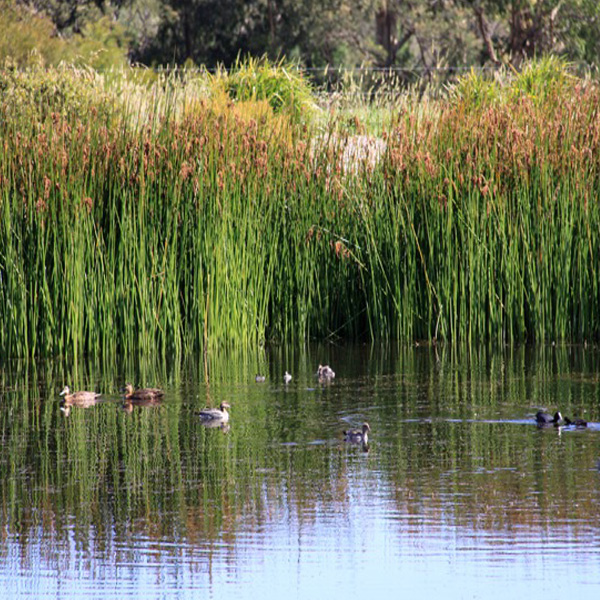
Managing Common Rush
Q. We have these huge tall weeds that have settled in all along our dam perimeter – they are very thick and we need to get rid of them, can you help?
ANSWER:
This is Juncus Usitatus, commonly known as Common Rush, in your surroundings – a species characterised by its dense tufted appearance. While some varieties blossom and produce seeds, even those that don’t employ a clever strategy for continuous propagation through rhizomes and rhizome branches that detach to establish new plants. Additionally, they often maintain underground bud banks, acting as an energy reservoir for the parent plant during environmental challenges like drought, lying dormant below the soil.
These rushes have a tendency to grow densely and can become invasive. The approach to managing them depends on water usage and your ability to regulate water supply. For optimal results using a herbicide like AQ200 + Wetting Agent, as there is a 10+ day withholding on using the water once treated. It is advisable to apply it during active growth, with the timing varying by state:
Sept – Dec in VIC, NSW, SA
July – Nov in QLD
June – Oct in WA
This timing is crucial as the plant absorbs the herbicide more efficiently during photosynthesis. However, if the need arises to treat outside these windows, it can still be done.
Physical and mechanical removal can be carried out at any time. To achieve the best outcome, it is recommended to cut aquatic plants before they set seeds, preventing potential spread to new areas. If water levels allow, use the Aquatic Weed Razer to cut stems below the water line before seeds form, adhering to the following schedule:
Sept – Jan in VIC, NSW, SA
July – Jan in QLD
June – Oct in WA
Where water levels are inadequate for slashing, wait until they rise for physical removal. Dispose of foliage and flower heads using the Aquatic Weed Rake, and use the Muck Razer to distress and break up rhizomes.
Keep in mind that achieving eradication typically requires a sustained effort, and a one-off treatment may not be sufficient. Stay vigilant and follow a comprehensive plan for effective control.




